It’s easy to embrace indoor natural light, especially low light, if you have the right approach. These seven tactics will have you loving indoor natural light.
Read more: How Dramatic Natural Light Can Inspire Your Photography
-
No.01Get to know your house & light!
Take some time to explore your home and the type of light that falls into each room during different times of the day. What kind of light is in your living room at 10am? Hard light? Soft light? Warm or Cool? Eventually you will get to be comfortable with the different types of light in each room of your home and know what room to shoot in at what time of the day to achieve your desired vision.
For example – My house faces North/South, so I get fairly soft light through my windows most of the day. However, early morning and late evening the sun is angled just right to where I can get beams of hard light in a few small areas. I will open our front door or manipulate the blinds to get it to shine just where I want. It helps make “pockets” of light, which I love!
-
No.02Shoot in different rooms.
Take a week (or day, or month) and pick a room of your home. Spend some time shooting ONLY in that room at different times during the day. It will help you explore the different lighting more in depth. Exploring different light will push you to be creative with the light you do have.
Maybe it is a tiny window and you are working with and only a small pocket of light. Maybe you have direct hard light at one point in the day. Maybe it is a huge bay window with light that fills your whole room.
What type of images can you create with that light? Can you play with sheer curtains to filter light? Or blackout curtains to completely change the amount of light and direction of the light coming in? Get creative!
-
No.03Turn off all artificial light sources in the house.
This means lamps, ceiling lights, TVs, etc. There’s nothing worse than getting the perfect shot, and then realizing there are other lights on. The mix of different light temps between the natural light and artificial light makes for a much more difficult edit.
-
No.04Manipulate your surroundings.
Sometimes you have to take an image because you don’t want to miss what is going on. That is 100% ok! The in-the-moment shots are some of the greatest and most meaningful images. But sometimes I have an idea in my mind and will manipulate my surroundings to achieve my vision. This may mean moving furniture, reducing/removing clutter, adjusting curtains, shutting doors, etc.
For example – Last week I took an image of my sleeping daughter. To get the image I envisioned, I moved the crib away from the wall and closer to the window, and I also adjusted the blackout curtains in her room so the light fell perfectly on her face. It didn’t make the image any less “real” – she’s still my sleeping baby – but it made the image much more impactful to the viewer.
-
No.05Experiment with your subject's position and distance from the window.
You can achieve many different looks from window light depending on where your subject is placed in relation to you and the window, as well as how close or far they are from the window. Use this lighting to help set the mood of your image.
– Front/Flat Light. Minimal to no shadows. Evenly lit.
– Side Light. This is going to give your subject shadows. The greater the angle to the window the more shadowing that will fall on your subject.
– Back Light. When your subject falls between you and the window and you are shooting directly towards your light source. This is my favorite when the sun is coming directly through the window at sunrise or sunset.
– Distance. In general, the closer your subject to light source, the more light you will have to work with.
-
No.06Embrace the grain.
Okay, how many times have you heard this? But it is SO good!
When I first started, I thought a grain was bad. But this is not always true. You want to do what you can to get a properly exposed image. Exposure is so important.But if you find yourself having to sacrifice shutter speed and possibly getting an image with motion blur because you are afraid to bump up your ISO, don’t. Or if you find yourself underexposing because you are afraid to bump up that ISO, bump up that ISO!
You are going to get much less noise if you have a properly exposed imaged with a higher ISO than an under exposed image that you have to fix in post. I can not emphasize that enough. And if you end up with grain, so be it! Embrace it!
-
No.07Experiment.
Living in South Dakota, with hot humid summers and bitter cold, windy winters, we do spend our fair share of time indoors. Initially I use to dread it and felt limited by my gear. I felt like I never had enough light and I’d get in a creative rut every winter. However, I now LOVE shooting indoors, and even more so have a new love of low light.
I am constantly walking around closing curtains, doors, and shades. So just play around and experiment. Experiment with your shades, angles, subjects, different lenses & different rooms in your home. Each click of the camera is a chance to learn something new. Not every image has to be a masterpiece, so let your creative juices flow and play around with your indoor light!
Bonus tips for working with low light indoors:
– Increase your ISO (As stated above. Again, the grain, it’s ok)!
– Shoot wide open. This is going to allow the most light possible into your camera sensor.
– Lower your shutter speed. I try to keep mine no lower than double my focal length, or will be risking motion blur.
– Artificial Light. I prefer any “white/neutral” light over a lamp or ceiling light. This could be an iPad, phone, or laptop screen on a blank white screen.
– Manual Focus. Sometimes when shooting in really low light it’s difficult for the lens to lock focus. In these circumstances I will flip to manual focus.
– Reflector. This is especially handy with backlighting – to get a little more light on your subjects face. I don’t actually own a reflector, but I try to use what I can around me – white walls, sheets, etc – as a natural reflector if possible.
Discover more about natural light:
– The Magic of Light and Shadows
– 7 Natural Light Mistakes You May be Making
– How to Embrace Indoor Photography and Winter Light


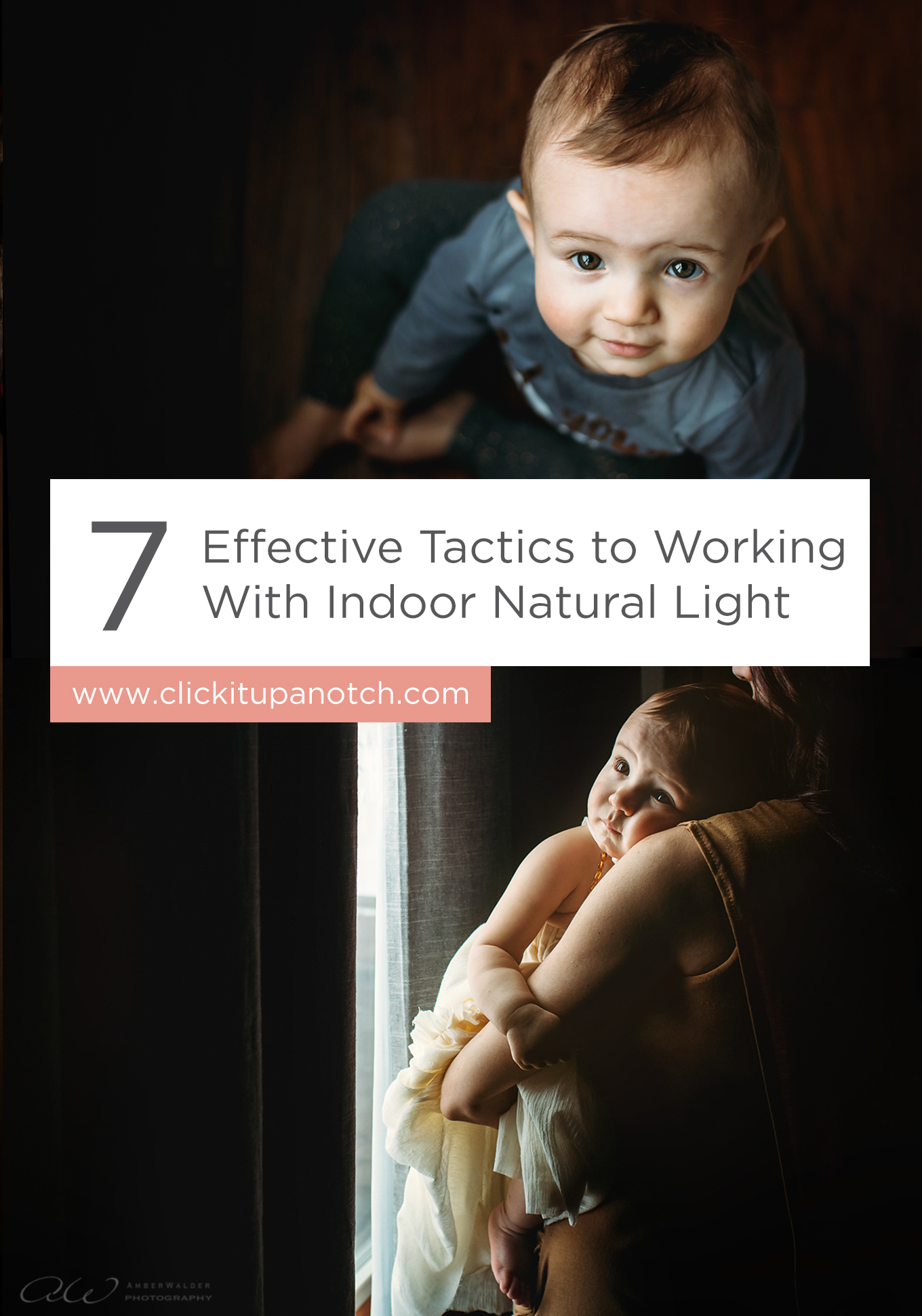


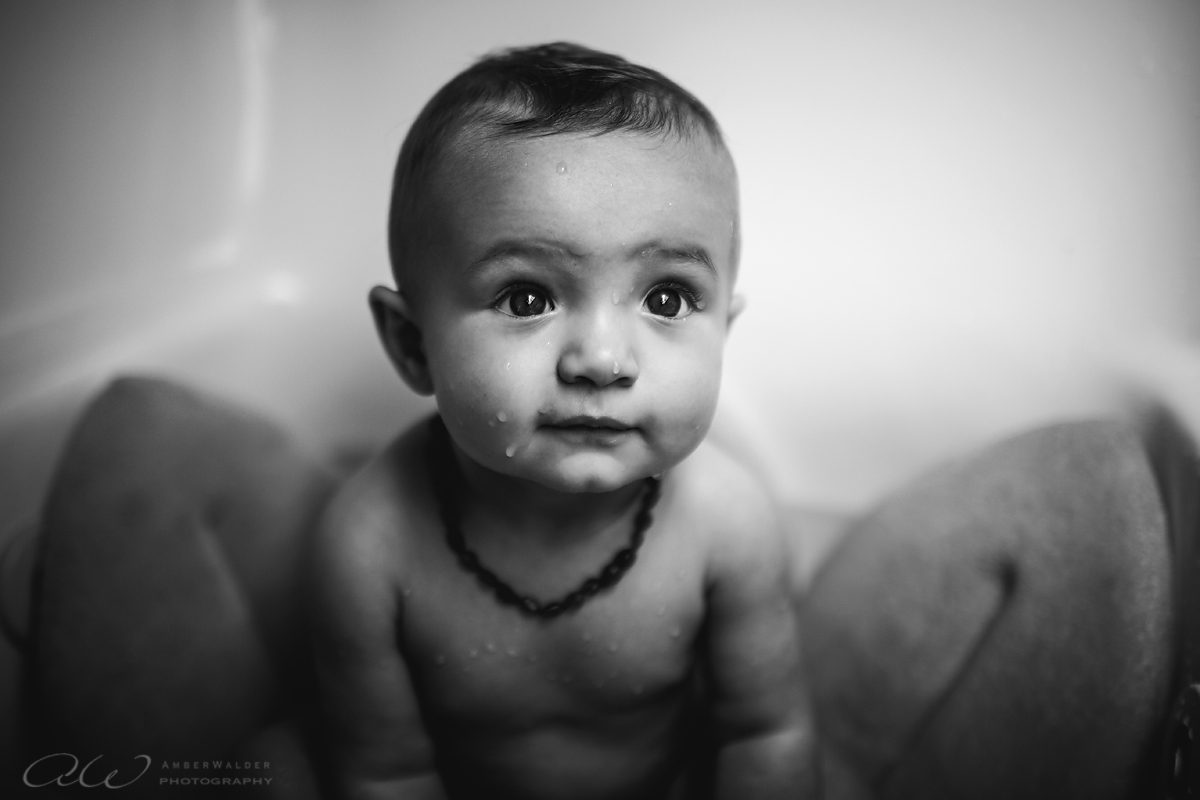
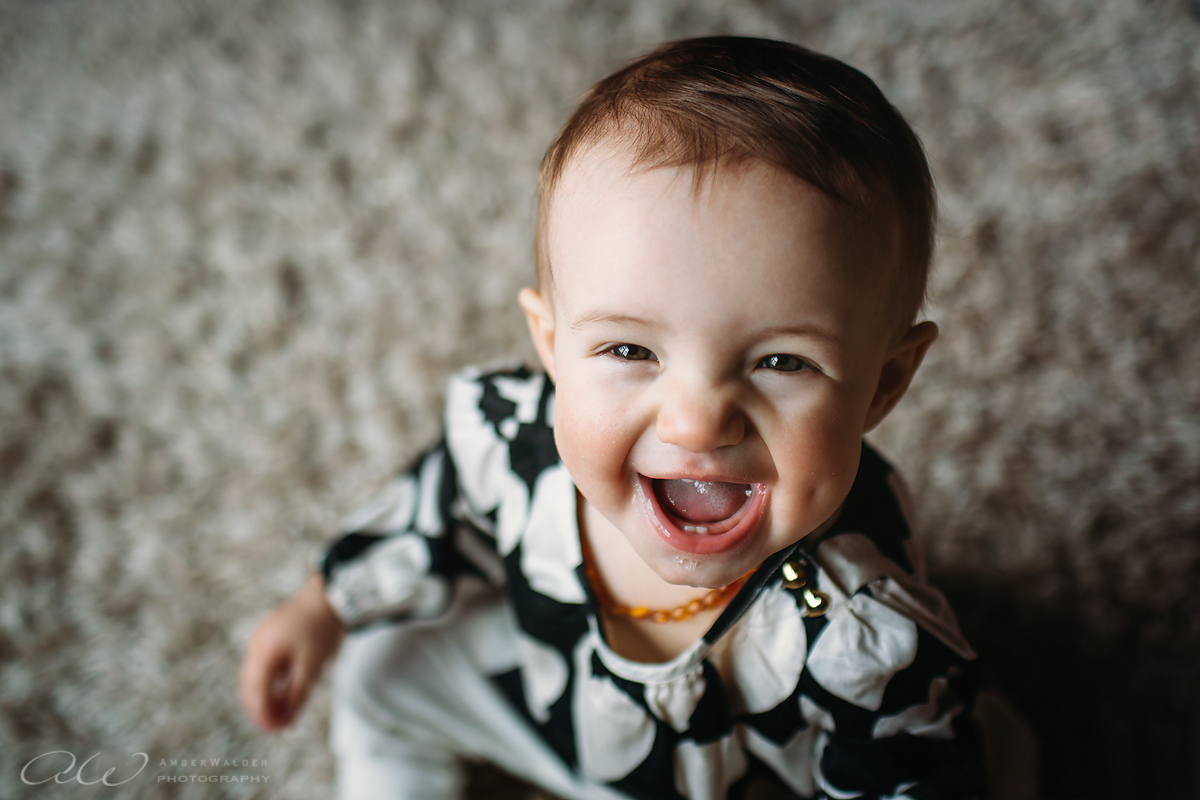
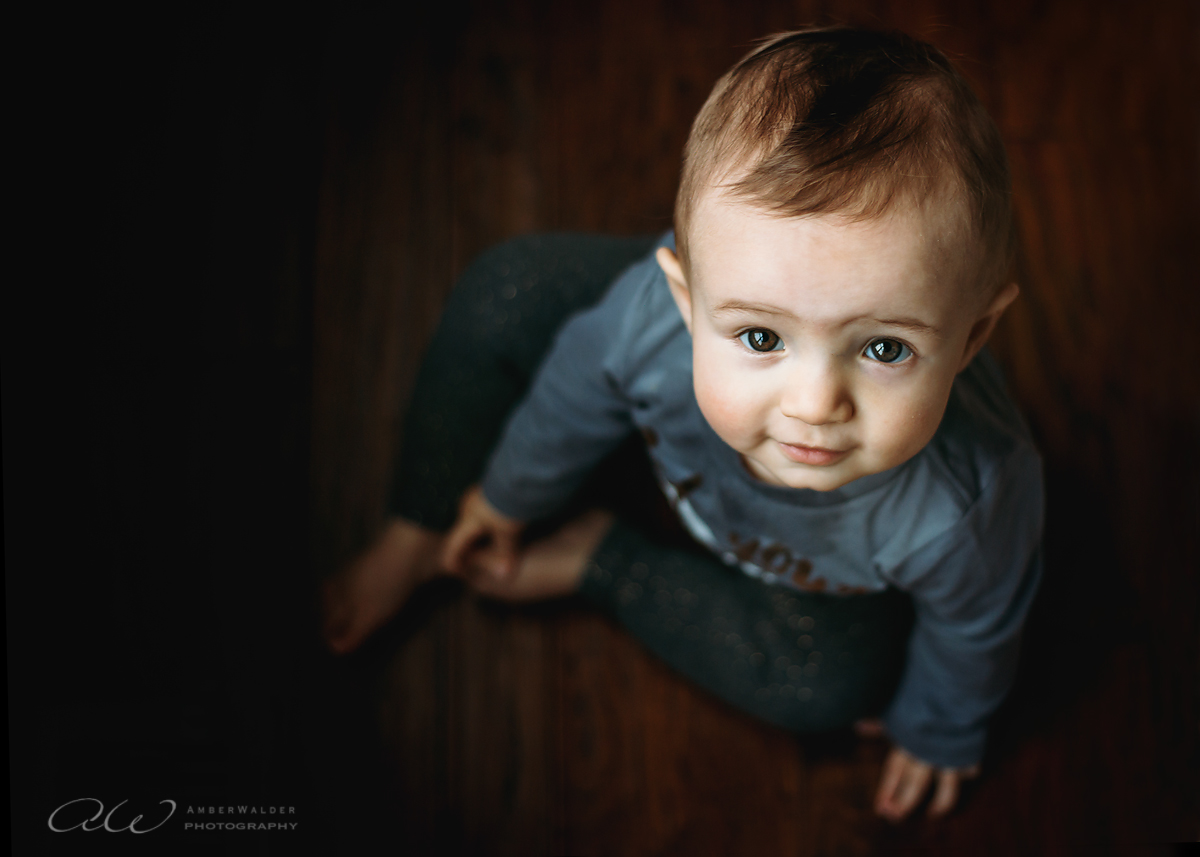


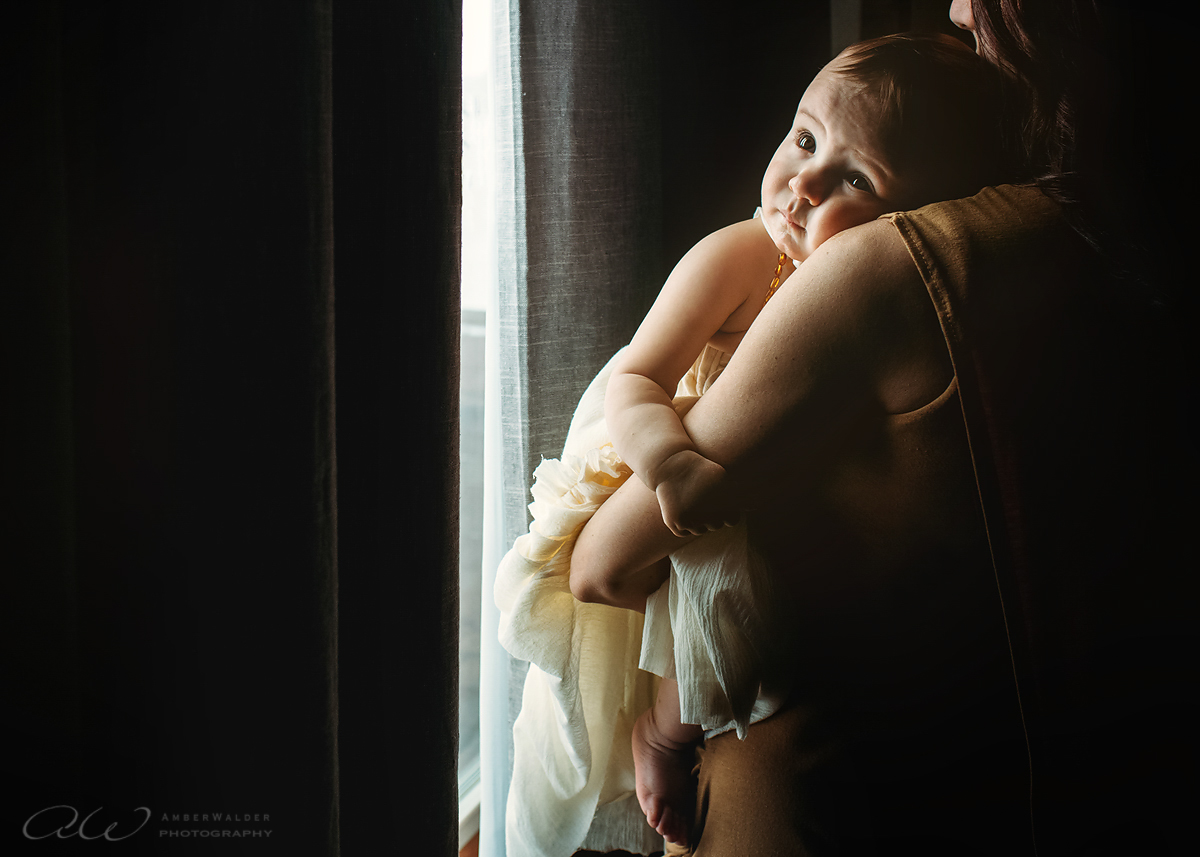
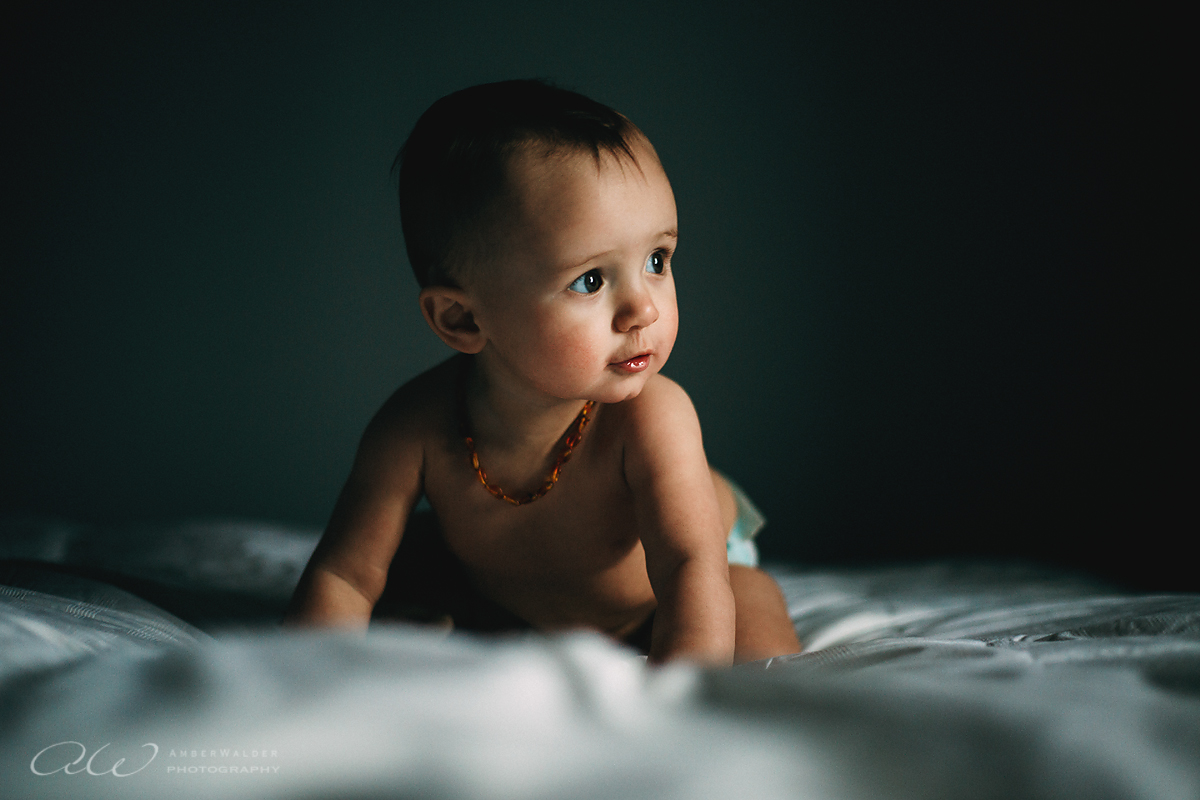
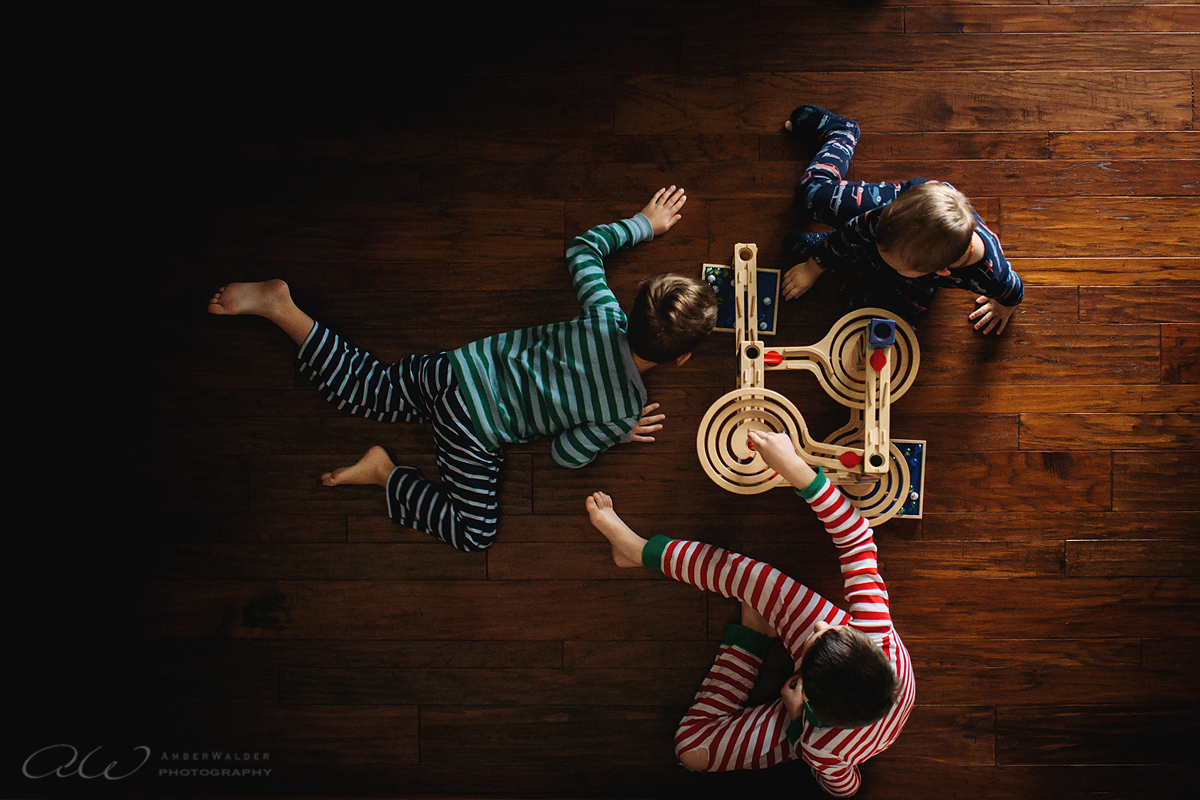
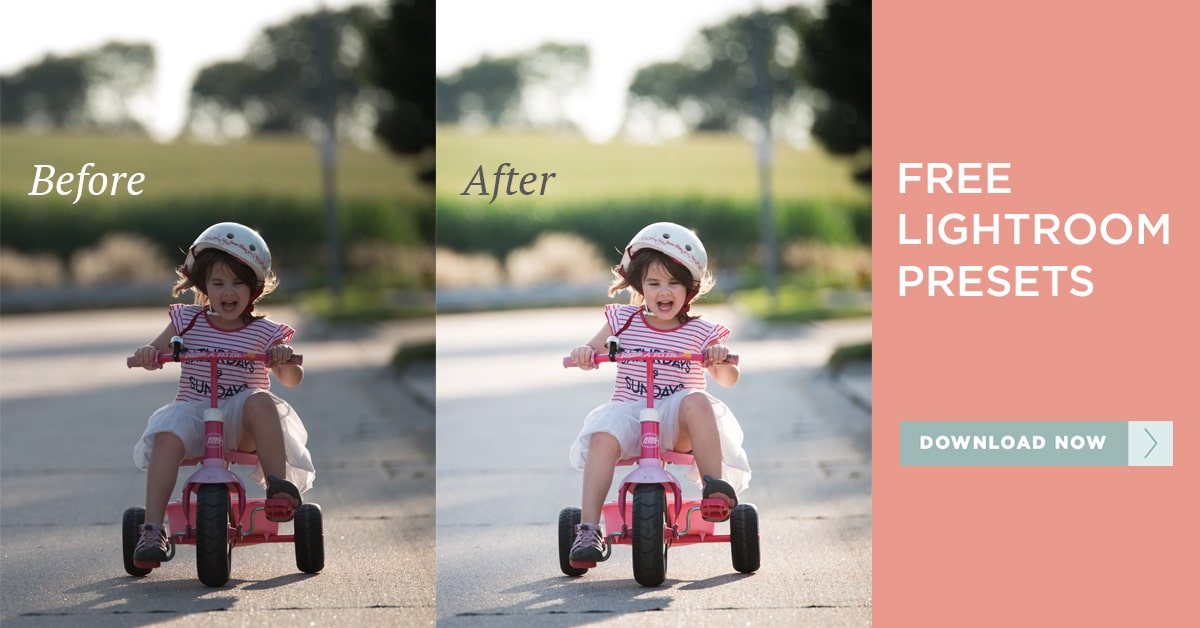






Nice tips! I’d love to know what you do to get such rich dark negative space around your subjects. Is that something you manipulate using curves etc in post processing. Now that school will be out next week and I’ll be off for the summer, I’d love to explore the indoors more with my new Mark 5d IV! I have a wedding coming up in July and it will be mostly indoors in a cool venue, so I need to be very comfortable with camera and be on the lookout for pockets of light indoors! Thanks!
Nice tips with simple examples. Great…
Beautiful images. :)
Thank you for sharing!